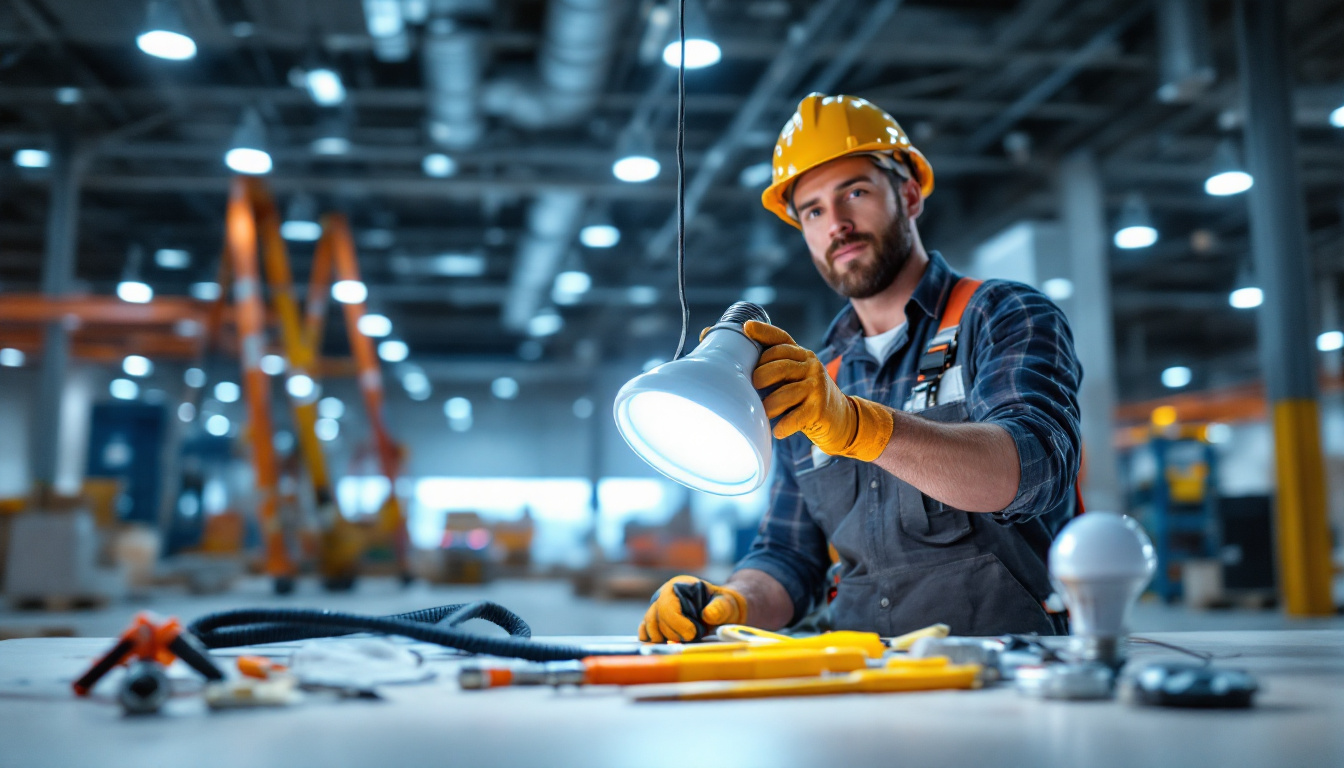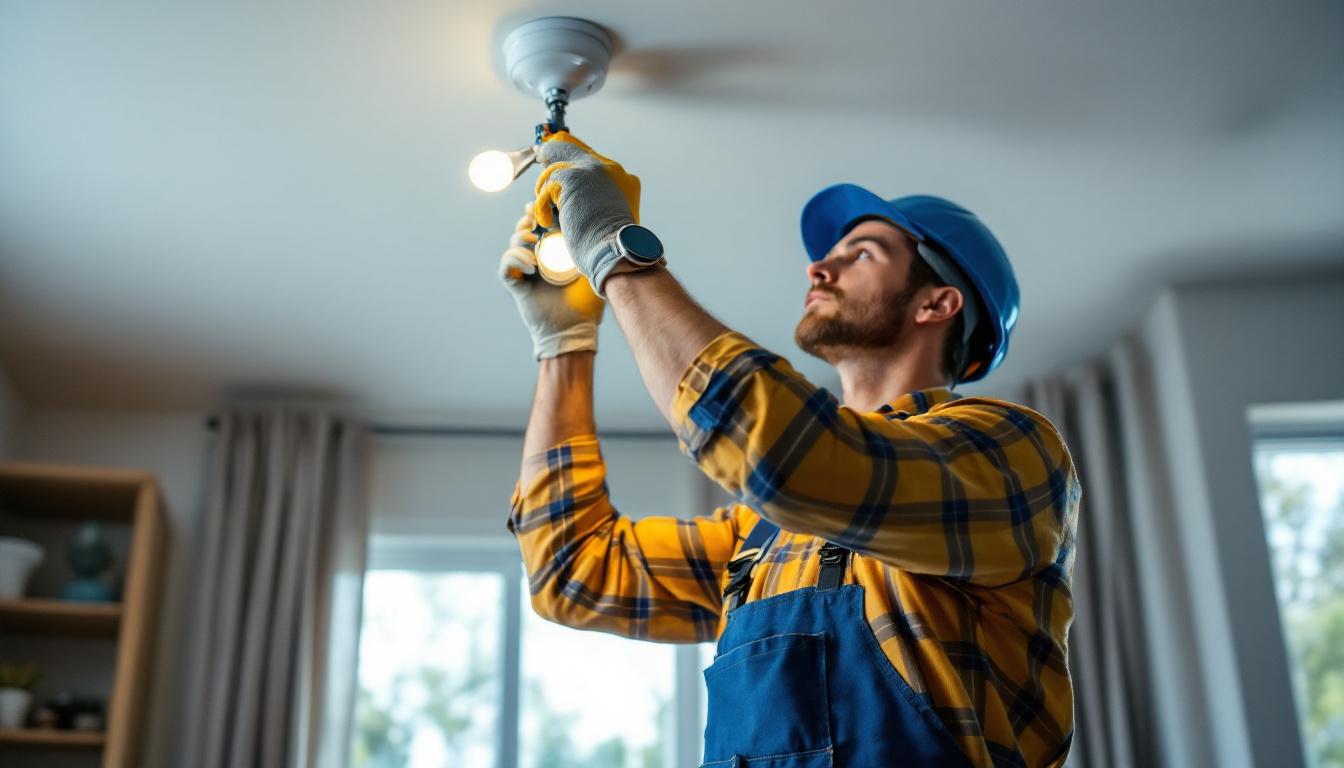
As the demand for energy-efficient lighting solutions continues to grow, lighting contractors are increasingly turning to low voltage systems. These systems not only offer significant energy savings but also provide greater flexibility in design and installation. However, the success of any low voltage lighting project hinges on the quality and reliability of the wire connectors used. This article explores the importance of low voltage wire connectors and offers insights on maximizing success in lighting installations.
Low voltage wire connectors are essential components in any low voltage lighting system. They serve to join different segments of wire, ensuring a reliable electrical connection that can withstand the rigors of outdoor and indoor environments. These connectors come in various types, each designed for specific applications and environments.
There are several types of low voltage wire connectors, each with unique features and advantages. Some of the most common types include:
When selecting a low voltage wire connector, several factors should be considered. The environment in which the connector will be used, the gauge of the wire, and the specific requirements of the lighting system all play a crucial role in determining the best connector type.
For instance, outdoor installations may require connectors that are weatherproof and resistant to corrosion, while indoor applications might prioritize ease of use and aesthetic appeal. Understanding these nuances can significantly impact the overall success of a lighting project.
Additionally, the current rating of the connector is another critical aspect to consider. Each connector type has a maximum current it can handle, and exceeding this limit can lead to overheating or failure. Therefore, it is advisable to consult the manufacturer’s specifications to ensure that the connector chosen can safely accommodate the electrical load of the system. Moreover, for larger installations, it may be beneficial to use connectors that allow for multiple wire connections, streamlining the wiring process and reducing clutter.
Lastly, the quality of the materials used in the connectors can greatly affect their longevity and performance. Connectors made from high-quality metals, such as copper or brass, provide better conductivity and resistance to oxidation compared to cheaper alternatives. Investing in reliable connectors not only enhances the efficiency of the lighting system but also reduces the need for future repairs or replacements, ultimately saving time and money in the long run.
Quality is paramount when it comes to low voltage wire connectors. A poor-quality connector can lead to a host of issues, including intermittent connections, voltage drops, and even complete system failures. Such problems can not only compromise the functionality of the lighting system but also lead to increased maintenance costs and customer dissatisfaction.
High-quality connectors ensure a stable and reliable connection, which is critical for the performance of low voltage lighting systems. They help maintain consistent voltage levels, which is essential for the longevity of LED lights and other components. In contrast, low-quality connectors may introduce resistance, resulting in flickering lights or reduced brightness. Additionally, the materials used in quality connectors, such as gold or nickel plating, can significantly reduce corrosion and oxidation, further enhancing the durability and performance of the connection over time. This is particularly important in outdoor applications where environmental factors can accelerate wear and tear.
Investing in quality connectors may seem like a higher upfront cost, but it can lead to significant long-term savings. Reliable connectors reduce the likelihood of failures that require costly repairs or replacements. Moreover, they can enhance the overall efficiency of the lighting system, leading to lower energy bills for clients. Furthermore, high-quality connectors often come with warranties or guarantees, providing an extra layer of security for the investment. This is especially beneficial for large installations where the cumulative savings from reduced maintenance and energy efficiency can be substantial. By choosing quality, installers not only protect their projects but also build a reputation for reliability and excellence in their work.
Even the best connectors can fail if not installed properly. Adhering to installation best practices is crucial for ensuring the reliability and longevity of low voltage lighting systems. Here are some key practices to consider:
Before connecting wires, it is essential to prepare them correctly. This includes stripping the insulation to the appropriate length and ensuring that the wire ends are clean and free of corrosion. Proper preparation helps to create a solid connection and minimizes the risk of failure. Additionally, using the right tools, such as wire strippers and crimping tools, can significantly enhance the quality of the connection. It’s also advisable to inspect the wires for any signs of damage or wear before installation, as even minor imperfections can lead to significant issues in the future.
Each type of connector comes with specific installation instructions provided by the manufacturer. Following these guidelines ensures that the connectors are used correctly and optimally. This not only enhances performance but also maintains any warranty that may be associated with the connectors. Furthermore, understanding the specifications such as voltage ratings and environmental ratings can help in selecting the right connectors for specific applications. Manufacturers may also provide insights into compatible products, which can further streamline the installation process and enhance overall system efficiency.
After installation, testing the connections is a vital step that should not be overlooked. Using a multimeter or other testing tools can help verify that all connections are secure and functioning as intended. This proactive measure can prevent issues down the line and ensure customer satisfaction. In addition to basic connectivity tests, it’s beneficial to perform load testing to assess how the system behaves under operational conditions. Monitoring voltage drop across connections can also provide insights into the health of the wiring system, helping to identify potential problems before they escalate into costly repairs or replacements.
When installing low voltage lighting systems, it is essential to consider the environmental factors that may affect the performance and durability of the connectors. For instance, areas exposed to moisture or extreme temperatures may require connectors that are specifically rated for such conditions. Utilizing weatherproof or corrosion-resistant connectors can significantly extend the lifespan of the installation. Additionally, ensuring proper drainage and avoiding areas prone to flooding can help mitigate risks associated with water exposure, ultimately leading to a more reliable lighting system.
Maintaining thorough documentation of the installation process is another best practice that should not be overlooked. Keeping records of the materials used, installation dates, and any specific challenges encountered can provide valuable insights for future projects. This documentation can also serve as a reference for maintenance schedules and troubleshooting, ensuring that any issues can be addressed promptly. Moreover, having a clear record of compliance with local codes and regulations can be beneficial during inspections or when seeking permits for future work.
The lighting industry is continually evolving, and so are the technologies associated with low voltage wire connectors. Innovations in materials and design are enhancing the performance and reliability of these connectors.
One of the most exciting developments is the emergence of smart connectors. These connectors are designed to integrate with smart lighting systems, allowing for remote monitoring and control. They can provide real-time feedback on connection status, helping contractors identify potential issues before they escalate.
As sustainability becomes a priority in the lighting industry, many manufacturers are developing environmentally friendly wire connectors. These connectors are made from recyclable materials and designed to minimize waste during installation. Choosing such options not only supports environmental goals but can also appeal to eco-conscious clients.
Lighting contractors often face challenges when working with low voltage wire connectors. Understanding these challenges and having solutions at hand can help ensure smoother project execution.
One of the most significant challenges in outdoor installations is corrosion due to exposure to moisture and other environmental factors. To combat this, contractors should opt for connectors that are specifically designed for outdoor use and are rated for weather resistance.
Another common issue is compatibility between different types of connectors and wiring. To avoid this, contractors should ensure that all components used in a project are compatible with one another. This may involve consulting manufacturer specifications or seeking advice from industry experts.
As the landscape of low voltage lighting continues to evolve, ongoing training and education for lighting contractors are essential. Staying informed about the latest technologies, installation techniques, and product offerings can significantly enhance a contractor’s ability to deliver successful projects.
Many manufacturers and industry organizations offer workshops and certification programs focused on low voltage lighting systems and connectors. Participating in these programs can provide contractors with valuable insights and hands-on experience, helping them stay ahead in a competitive market.
In addition to formal training, online resources such as forums, webinars, and instructional videos can be invaluable for contractors seeking to expand their knowledge. Engaging with professional communities can also foster collaboration and the sharing of best practices among peers.
Low voltage wire connectors play a critical role in the success of lighting projects. By understanding the various types of connectors, prioritizing quality, adhering to best installation practices, and staying informed about industry innovations, lighting contractors can maximize their success and enhance customer satisfaction. Investing in the right connectors and continually educating oneself will not only improve project outcomes but also solidify a contractor’s reputation in the industry.
As the demand for low voltage lighting solutions continues to rise, embracing these practices will ensure that lighting contractors remain competitive and capable of delivering exceptional results in every project.
Ready to elevate your lighting projects with the highest quality low voltage wire connectors? Look no further than LumenWholesale, where we provide contractors with the finest spec-grade lighting products at prices that can’t be beaten. Our commitment to cutting out the middleman means you get the superior products you need without the extra cost. With our wide selection adhering to the highest industry standards, you can trust that your installations will shine in performance and reliability. Plus, with free shipping on bulk orders, you’re guaranteed premium lighting solutions at the best value. Don’t compromise on quality or price. Experience the LumenWholesale difference today and ensure your lighting projects are a resounding success. Wholesale Lighting at the Best Value

Discover the ultimate guide for lighting contractors on industrial LED light bulbs.

Discover essential tips and expert advice on installing ceiling light fixture mounting brackets with ease.

Discover how gas station lights enhance safety, visibility, and energy efficiency in modern lighting solutions.

Discover the essential guide to industrial pendant light fixtures tailored for lighting contractors.